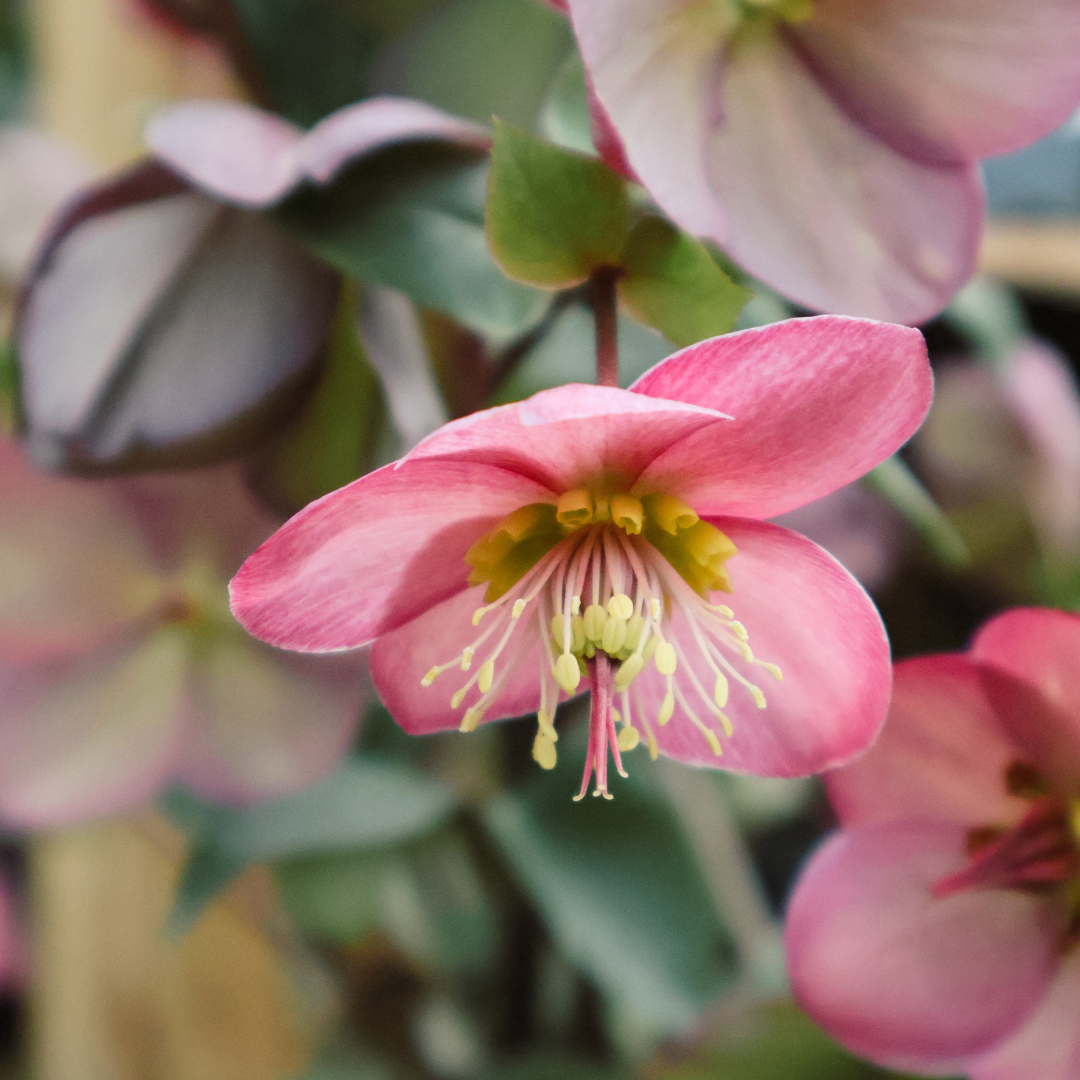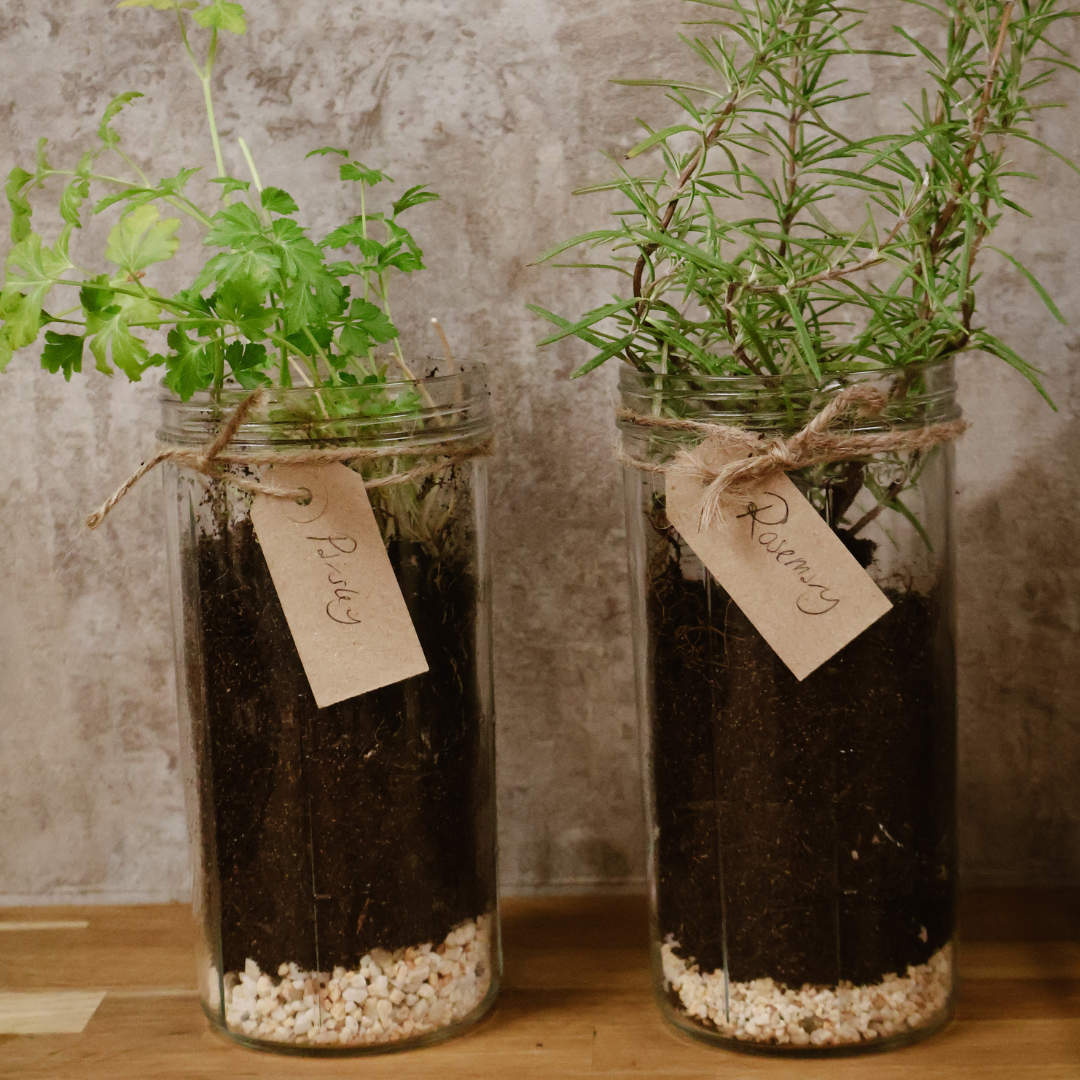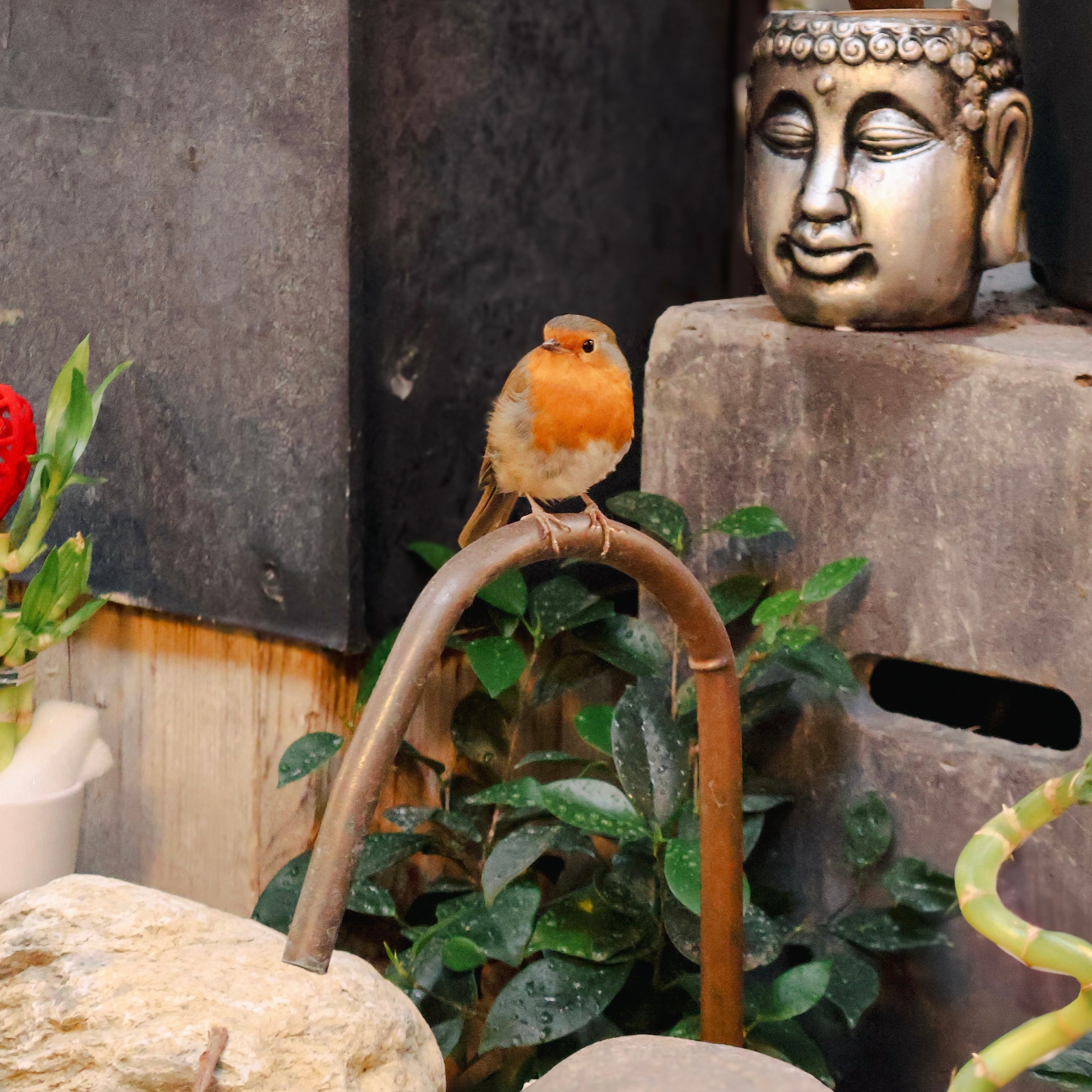How to Grow and Care for Hellebores: A Gardener’s Guide

Hellebores, also known as the "winter rose," are elegant, hardy perennial flowers that add a touch of beauty and colour to your garden even in the coldest months. With their charming, nodding blooms in shades of white, purple, pink, and even green, hellebores are the perfect choice for gardeners who want to create a stunning winter or early spring garden. If you're wondering how to grow and care for these lovely plants, you've come to the right place. Let’s dive into some tips for success!
1. Choose the Right Location
Hellebores thrive in shaded or partially shaded spots, making them ideal for planting under trees, in woodland gardens, or along shady borders. While they can tolerate some morning sunlight, they perform best when protected from the harsh midday sun, which can dry them out.
Make sure the spot has well-draining soil, as hellebores dislike sitting in waterlogged conditions. If your soil is heavy or clay-like, amending it with organic compost or well-rotted manure will improve drainage and soil fertility.

2. Planting Hellebores
When planting hellebores, timing is crucial. Fall is the ideal time for planting, as it allows the roots to establish before the colder months. However, you can plant hellebores in early spring as well.
- Spacing: Space your plants about 18 to 24 inches apart to give them room to grow and spread over time.
- Depth: When planting, make sure to plant hellebores at the same depth as they were in their nursery pot. Planting too deeply can cause them to struggle.
- Soil prep: Mix some organic matter into the soil to help retain moisture and nutrients. This will also keep the soil well-draining.
3. Watering and Moisture
While hellebores are relatively drought-tolerant once established, they do appreciate consistent moisture. During the first few seasons, it’s important to water them regularly to help them develop strong roots. However, be mindful not to overwater, as soggy soil can lead to root rot.
Mulching around the base of your hellebores can help retain moisture, regulate soil temperature, and keep weeds at bay. Just make sure the mulch doesn't touch the plant’s crown, as this could encourage rot.
4. Fertilizing
Hellebores are not heavy feeders, but they do benefit from occasional feeding, especially in the spring when they're starting to grow. Use a balanced, slow-release fertilizer or a liquid feed with a low nitrogen content. Avoid excessive fertilization, as too much nitrogen can result in excessive leaf growth at the expense of flowers.
If your soil is rich in organic matter, you may not need to fertilize at all. Always monitor your plants to see if they’re thriving without extra help.
5. Pruning and Deadheading
Pruning hellebores is relatively simple and can help keep them looking their best. After the plants bloom in late winter or early spring, you can remove any spent flowers by gently cutting them off at the base of the stem. This process is called "deadheading," and it prevents the plant from putting energy into seed production, encouraging more vigorous growth.
Once the foliage starts to look a bit tired or ragged (usually in late spring or early summer), you can cut back the old leaves to ground level. This will help prevent disease and improve the plant's appearance, and it will also allow the new leaves to emerge.
6. Pest and Disease Management
Hellebores are fairly resistant to pests and diseases, but they can occasionally be affected by aphids, slugs, or fungal issues. To keep your plants healthy, ensure they have good air circulation and avoid overwatering, which can promote fungal growth.
- Aphids can sometimes appear on young shoots. Use a gentle stream of water to dislodge them or treat the plant with insecticidal soap.
- Slugs might nibble on young plants. Consider setting up slug traps or using organic slug repellents.
- Fungal diseases like powdery mildew and root rot can occur if the plants are in damp, stagnant conditions. Make sure your hellebores are planted in well-draining soil and avoid overcrowding.
7. Winter Care
One of the most attractive features of hellebores is their ability to bloom in winter or early spring, when most other plants are dormant. Despite their cold tolerance, it’s still important to protect them during extreme winters. A light layer of mulch over the roots will protect them from frost. Just be sure to remove the mulch when the weather starts warming up to prevent overheating.
8. Varieties of Hellebores
There are several varieties of hellebores, each with unique characteristics. Some of the most popular types include:
- Helleborus niger (Christmas Rose): Known for its pure white flowers that bloom around Christmas.
- Helleborus orientalis (Lenten Rose): Offers a wide range of colours, including shades of pink, purple, and green, and blooms from late winter to early spring.
- Helleborus foetidus (Stinking Hellebore): Known for its green flowers, this variety has a strong, distinctive odour.
Each variety has its own growth habit and bloom time, so consider your climate and garden needs when selecting hellebores.
9. Companion Plants
Hellebores make excellent companions for other shade-loving plants like ferns, hostas, and astilbes. Their evergreen foliage also pairs beautifully with the delicate blooms of spring ephemerals such as snowdrops and crocuses.
Hellebores are resilient, low-maintenance plants that can bring colour and charm to your garden even during the colder months. By planting them in the right location, ensuring they have good drainage, and caring for them with regular watering and light pruning, you’ll enjoy their stunning blooms year after year. Whether you’re creating a winter garden or simply adding some early-season beauty, hellebores are a must-have for any garden enthusiast.
Happy gardening




